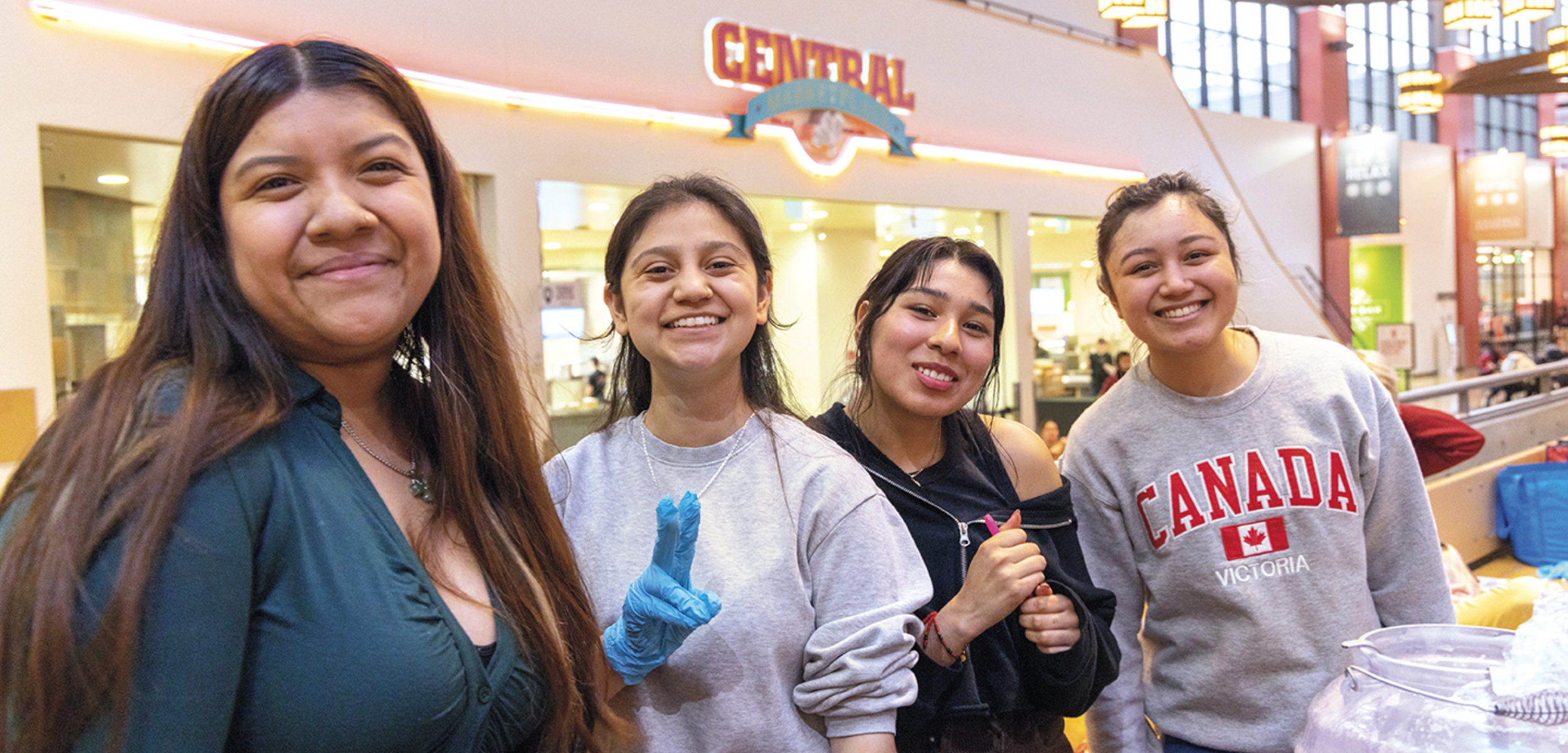
As Central Washington University embarks on our journey of implementing a new vision, mission, and strategic plan, many observers have correctly noted that the objectives outlined in these carefully crafted statements are already underway.
We recognize that we have a long road ahead of us, and there is much work to be done before we can proclaim that we have achieved our goal of being a model learning community of equity and belonging.
For CWU to accurately state that we are an inclusive, equitable institution that nurtures culturally sustaining practices and expands access and opportunity for all learners—regardless of race, ethnicity, religion, gender identification, or socioeconomic status—the entire campus community must take concrete steps to define our new reality.
One of CWU’s priorities, as noted by President Jim Wohlpart, is to build more diversity in our faculty and staff ranks so that prospective students see more of themselves in their future mentors on campus.
“We must hire and retain a more diverse employee base that can provide role modeling, coaching, and mentoring to our students of color,” said Wohlpart, who spearheaded the university’s vision, mission, and strategic plan work upon his arrival in the summer of 2021. “We also need to move toward becoming a Hispanic Serving Institution in intentional and strategic ways, making certain that all of the support systems are in place before we submit our application.”
As of fall 2022, CWU’s student body was approximately 42% people of color, with a growing number of applicants every year coming from east of the Cascades. While a large percentage of Central students hail from King and Pierce counties, communities with high Hispanic representation, such as Yakima, Sunnyside, Toppenish, Wenatchee, and Moses Lake, have become a growing priority for recruiters.
CWU understands that in order to attract even more students from our own backyard, we must build a stronger culture of belonging and improve our efforts to advance more equitable approaches in our systems and structures. Forty-three percent of our students are the first in their families to go to college, and the number of first-generation students at our eight University Centers and instructional sites is approaching 50%.
These individuals rely on our help, and we need to do an even better job of showing them that our main objective is for them to succeed—in college and in life.
“Finding a support system in a new, strange place can be hard, but having a community that supports you can be integral to your success as a student,” said Luis Reyes, who is graduating this spring after serving as ASCWU president for the past year.
“I like to highlight my own experiences when talking to prospective students, and that helps give them insight into how I found my home here at Central. Just letting them know that there are large windows of opportunity here on campus allows them to understand they have room to grow.”
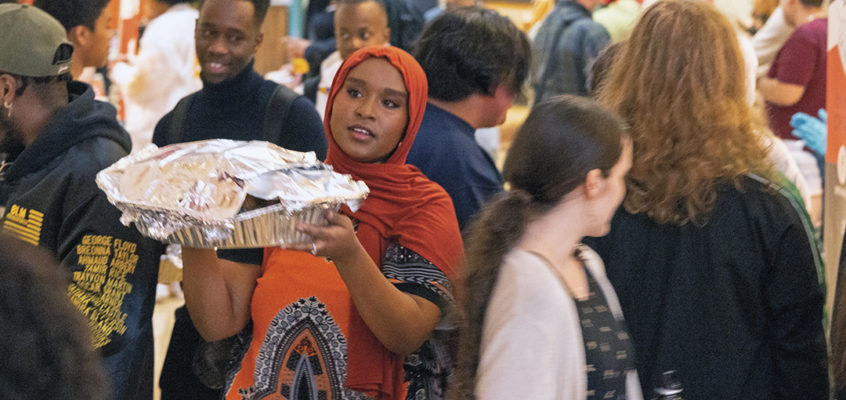
Central is making a more concerted effort to be inclusive of all cultures and ethnicities.
Putting Students First
Since many of our students have never set foot on a college campus before they arrive at Central, they often need a little extra guidance. It is comforting for first-time students to know that CWU faculty and staff are here to guide and mentor them so they can enjoy the same advantages as their more traditional counterparts.
By keeping our unique demographics top of mind, Central believes we can make good on our commitment to student success and ensure that all learners have access to the engaged- and applied-learning experiences that are essential for academic excellence and professional preparation.
“Of all the institutions I’ve taught at or visited, I’ve never been around a faculty culture that is so student-centered,” said music Professor Mark Samples, who also serves as chair of the Faculty Senate. “When I first got here, I was surprised at how often faculty invoked the question of ‘what’s best for the student?’ when making decisions. But I’m not surprised anymore. I know now that this is an extremely valuable part of our culture.”
Samples and his colleagues take pride in going the extra mile for their students, regardless of where they are from. Preparing young people to become vibrant contributors in society and the workforce is—and always has been—job number one. But it also means taking the time to listen and understand where they’re coming from.
“While we still have work to do as we strive toward our ambitious vision, the faculty at CWU has always sought ways to involve students in interactive learning,” Samples said. “We can build a model learning community through activities in class, or just having informal conversations with them before or after class to let them know they belong in a university—that they belong here at Central.”
••••••••
Long-Term Plans
As outlined in CWU’s six-year legislative plan, The Central Experience, we are committed to providing access to a wider range of prospective students, improving financial literacy in the communities we serve, addressing the learning loss that occurred during the pandemic, and introducing vital student-support programs that will prove essential as we seek to expand our applicant pool.
The Central Experience isn’t only about recruitment, retention, and student success, however. The plan also identifies the critical need to address societal issues affecting the lives of people in our community, such as food insecurity, housing insecurity, and mental health counseling. Each of these represents adaptive challenges that CWU is committed to addressing head-on.
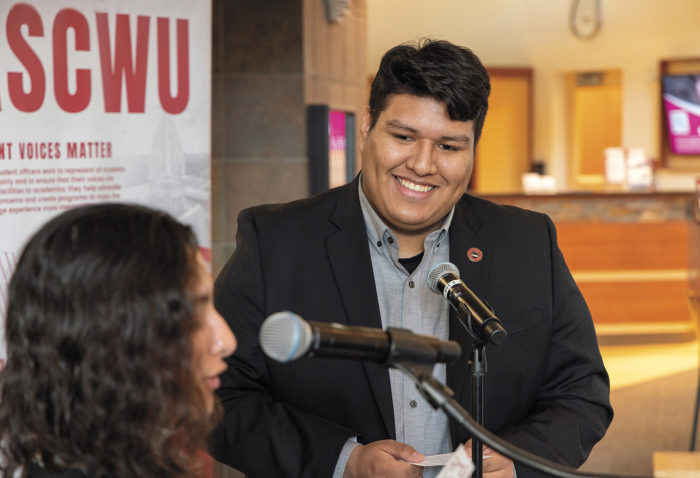
ASCWU President Luis Reyes says “students feel like they belong at CWU now more than ever.”
“Adaptive challenges are those issues that we do not have easy answers to,” Wohlpart said, adding that Central also recognizes the need to develop more engaged learning opportunities through high-impact practices, which are known to produce better outcomes for more students from varying backgrounds. “These challenges force us to question our own values, beliefs, and perceptions, and they make us ask new questions—questions we may not even know that we need to ask.”
But you have to start somewhere, and a number of key figures on campus believe CWU is heading in a positive direction that will serve us well for many years to come.
Mal Stewman, the Diversity and Equity Center (DEC) director, says it’s been refreshing to see the consistent messaging and authenticity from the Executive Leadership Team about the university’s direction. Central is trying to “walk the walk” with regard to our commitment to diversity, equity, and inclusion, and he says it is especially exciting to see the words “equity” and “belonging” in CWU’s vision.
“One of the things that is key for us as we move forward with this vision and mission is to be deliberate about where we want to go,” said Stewman, who earned two degrees from Central (’96 and ’12) and worked in CWU Athletics for eight years before taking over at the DEC last fall.
“Setting forth this bold vision of where we want to go is very important to that process. But if we’re going to achieve those lofty goals, it’s going to take everyone—faculty, staff, and students—to work together. We all have to do our part.”
•••••••
Thinking Outside the Box
Having strong student-support structures on campus will be essential for CWU to become a model learning community of equity and belonging. But, as Stewman notes, the commitment reaches beyond the classroom. If CWU wants to attract a more diverse population of students, faculty, and staff, it must find ways to effect change in the broader community.
“We have always had a challenge in this area, which isn’t very diverse by default,” he said. “Central has to find a way to increase our reach in the community and show people from other places that CWU really is a community that is striving to offer a sense of belonging.
“We have to establish more spaces that signify that belonging —like more cultural food options, and access to hair-care services for people of color—because you can’t fake it,” he added. “If we’re going to invite those students to come here, we have to provide those things to build up and support our communities of underrepresented people.”
Plans for a new multicultural center on campus also feed into CWU’s long-term plans. Reyes, the ASCWU president, believes having a space that celebrates people from all different cultures will be a game-changer for Central as we lean into our vision and mission. Students voted in 2022 to use a portion of their Services and Activities fund to help pay for the center, and the university is working with lawmakers to fund the rest of the proposed $6 million structure.
“Building a space where students feel like they can identify with others like them—but also feel like they belong in a space made just for them—is very important,” Reyes said. “Along with the continuous support of our Equity and Services Council programs here on campus, students feel like they belong at CWU now more than ever.”
That is music to President Wohlpart’s ears. But, at the same time, he knows our work has only just begun.
“I have heard great enthusiasm about the work we have been doing over the past year and a half,” he said. “But that optimism is still a cautious optimism because everyone knows we have a long way to go to truly live into our vision. Our vision cannot simply be words on a page; it must transform what we do as a university. And then, most importantly, our work must radiate out into the world to create a better, fairer, and more just place for everyone to live, work, and learn.”


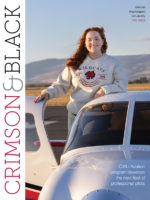
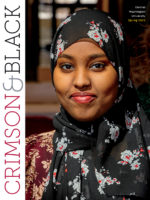

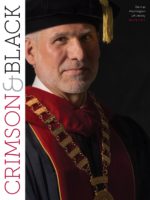
comments powered by Disqus